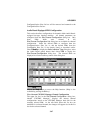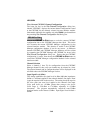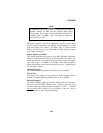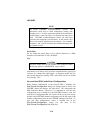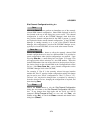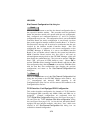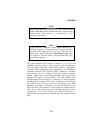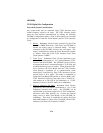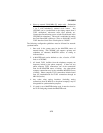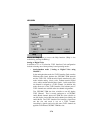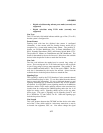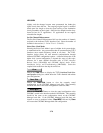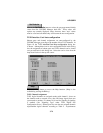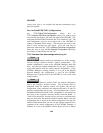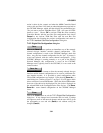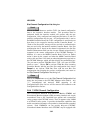
LBI-39224
3-75
4. Slave to external 2.048 MHz (E1 mode only) - Redundant
Clock Circuits generated by the Clock Board synchronized to
1 (or 2 with redundancy) external clock source. Any
CEC/IMC can be synchronized to the timing output from a
T1/E1 multiplexer, microwave radio, fiber network, etc.
Connect the external timing source to both Clock Boards in the
CEC/IMC for redundancy. This mode is established by setting
the Clock Board DIP switches to "Slave to 2048 kHz" and all
T1/E1 Interface Cards' Slave Clock option to "NONE."
The following configuration guidelines must be followed for network
synchronization:
1. One node in the system must be the MASTER source of
network timing. The CEC/IMC will support a primary and
redundant (or alternate) MASTER sources of timing as
indicated above.
2. A MASTER node can be defined as a site, a Jessica, a T1/E1
link, or a CEC/IMC.
3. All leased T1/E1 facilities from the telephone company are
frequency locked by the phone company. If there are any
phone company T1/E1 connections, one of the connections
must be the MASTER source of timing. Any other phone
company connections may be the redundant MASTER source
of timing. Phone company T1/E1 connections include leased
lines for sites/multinode and T1/E1 connections through an
MD110 (Jessica).
4. Any nodes using analog interfaces (including analog
connections from an MD110 to the phone company) may be
disregarded for synchronization purposes.
5. If a node is not a MASTER timing node, it must be slaved to
the T1/E1 link going towards the MASTER node.



